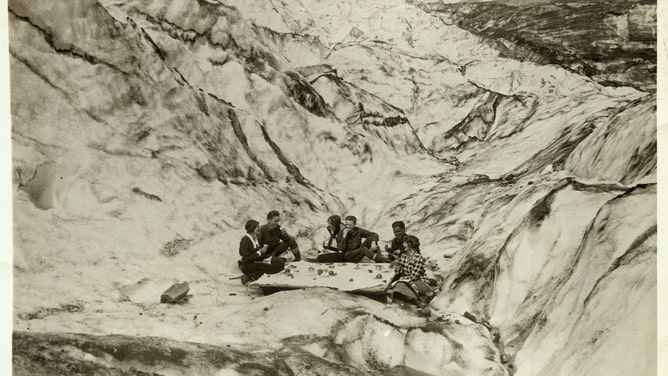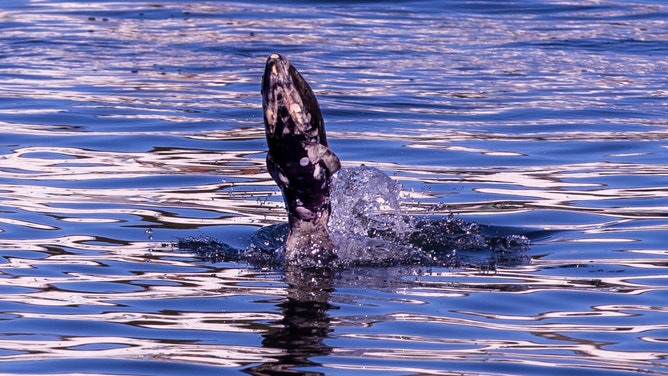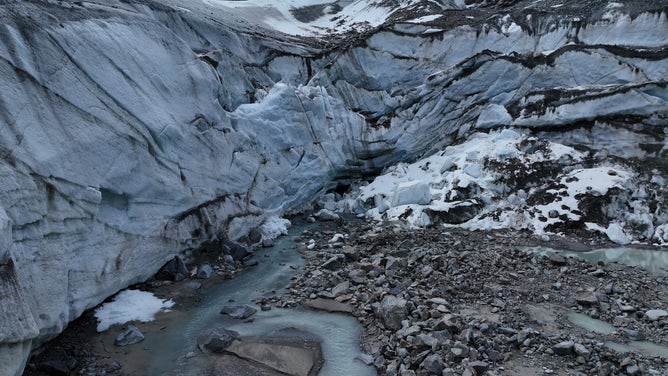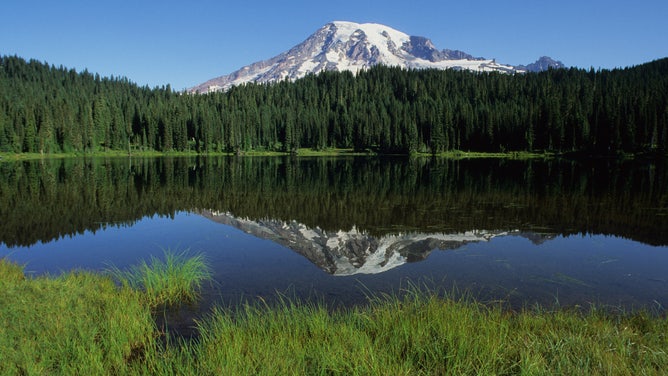3 of 29 glaciers on Washington's Mount Rainier have disappeared, scientists say
Another glacier on Mount Rainier is retreating 3 feet every 10 days, according to scientists. What will that mean for wildlife and the people that call the area home?
3 of Mount Rainier's 29 named glaciers have disappeared, another retreating by 3 feet every 10 days
FOX 13 Seattle meteorologist Abby Acone takes us to the rapidly shrinking glaciers atop Washington's Mt. Rainier. Three of the 29 named glaciers are gone and another is retreating by three feet every ten days. Visitors to the park tell us what they have observed and Scott Beason, National Park Service geologist explains what that means for the area.
MOUNT RAINIER NATIONAL PARK, Wash. – It's the snow on Mt. Rainier that makes the volcano stand out from far distances, but some people are noticing that the mountain is gradually losing snow.
Here's one example of how the mountain is changing. The Nisqually Glacier is retreating on average 3 feet every 10 days, and geologists said this is a concerning and dramatic pace.
"Well, it does seem to be getting farther, further and farther up the mountainside each year that we come," said Brad Powell, a visitor to the park.
ANTARCTICA'S ‘DOOMSDAY GLACIER’ IS MELTING AWAY DIFFERENTLY THAN SCIENTISTS FIRST THOUGHT

File: A Glacier picnic on a warm summer day in 1925, and to prove the popularity of it in the West, a group of University of Washington students from Seattle, Washington; picnic in one of the great crevasses in Nisqually Glacier, the third largest in the United States, in Ranier National Park, Washington.
(George Rinhart/Corbis / Getty Images)
"There are places that I've been as an adult, and they just look different, you know, because the glaciers have just gone," said park visitor Valerie Hoffer. "It's weird."
Less melt stresses wildlife
Glaciers on Mount Rainier provide crucial water resources to the region. A certain amount of snow is expected to melt from the glaciers every summer. This benefits fish and salmon species by keeping the water temperatures of rivers and streams cool. Too much melting over the last century has meant that some glaciers are gone, which in turn could harm fish.
"Fish that are adapted, especially to those environments to that cold water can no longer survive because the water is getting much warmer," said Scott Beason, geologist for the National Park Service.
SEE WHAT MOUNT RAINIER DID TO SPUR A SOCIAL MEDIA FRENZY OVER VOLCANO ACTIVITY

File: A Chinook salmon.
(Allen J. Schaben / Los Angeles Times / Getty Images)
Less ice could mean more dangerous debris flows
Beason has worked as a geologist for the National Park Service at Mt. Rainier for more than a decade. Recent data, including one of his studies, have found that three of Rainier's 29 named glaciers have disappeared altogether. Beason's research focuses on how glacial melt makes the landscape vulnerable to debris flows.
"A glacier is like a block that's putting weight and pressure on the rock that's sitting there," Beason explained. "As the glacier retreats, all of a sudden, that barrier is gone."
Beason said that glaciers store water and sediments, so when they melt, all that loose material can pile up.
"Silt, sand, rocks from small little fist-sized boulders to huge boulders the size of a car can be picked up and carried downstream," he said.

File: Glaciers lock up rocks and boulders in the ice. Melting can release the debris into dangerous debris flows.
(Sean Gallup / Getty Images)
‘UNCOVERING A PIECE OF HISTORY’: EXPLORERS FIND CAMERAS ON GLACIER LEFT BY YUKON HIKER IN 1937
These debris flows can be destructive to trees and old-growth forests, yet another key part of Rainier's ecosystem. This can harm important bird species and destroy the habitats of others. Beason said the National Park Service at Rainier is now trying a new system that can detect these flows more quickly.
"We're working on improving forecasting models to detect debris flows or to forecast for debris flows," Beason said.
While the purpose of Beason's research wasn't to determine the exact relationship between climate and melting glaciers, he said a lot of the melting has happened while climate change started.

File: Mount Rainier.
(Wolfgang Kaehler/LightRocket / Getty Images)
"They're all what we would expect to see with human industry, anthropogenic climate change," Beason said.
Beason said that cutting carbon emissions could help.
"I think we can look at the amount of carbon that we emit," he said. "We can look and see if we're driving unnecessarily or if there's things that we can do to reduce the amount of carbon that's being introduced into the atmosphere."
